Re-Caulking Your Bathtub

by
Tile and Stone by Villagio
(IC: professional)
In your bathroom, you probably might not pay much attention what's around the shower or the tub. However, water will naturally affect the tiling, and over time the constant wetness, warmth and humidity will create mold and mildew, causing the grouting to inevitably age. This means the grout will get weak and discolored, and start to crack and crumble. And although an exhaust fan will help to keep your bathroom well-ventilated, water and steam can end up infiltrating your tiles and damaging the walls.
If you have tried to remove black mold stains from your bathroom (these stubborn blemishes are typically located BEHIND the caulk!), but you have inadvertently damaged the caulk seals around the tub, that's not a good sign at all. Furthermore, old caulk situated in-between the walls and the bathtub can fail to stop leaks, and minor hairline tiling cracks, also known as "fractures," can spell disaster for any bathroom paradise retreat. Therefore, for your safety and peace of mind, removing old caulk and re-caulking the connective seals can help to maintain a bathtub's overall robustness and stability.
Removing old caulk may appear to be a difficult chore, but the truth is that the job isn't as complicated or time-consuming as you'd imagine. In fact, follow this four-step process and get the job done fast!
If you have tried to remove black mold stains from your bathroom (these stubborn blemishes are typically located BEHIND the caulk!), but you have inadvertently damaged the caulk seals around the tub, that's not a good sign at all. Furthermore, old caulk situated in-between the walls and the bathtub can fail to stop leaks, and minor hairline tiling cracks, also known as "fractures," can spell disaster for any bathroom paradise retreat. Therefore, for your safety and peace of mind, removing old caulk and re-caulking the connective seals can help to maintain a bathtub's overall robustness and stability.
Removing old caulk may appear to be a difficult chore, but the truth is that the job isn't as complicated or time-consuming as you'd imagine. In fact, follow this four-step process and get the job done fast!
1. Removing the old caulk - First of all, apply a caulk softener to make the old caulk more malleable and less resistant to removal, and leave it to work its magic for approximately two to three hours. Products such as Caulk-Be-Gone are a great help. Then carefully scrape off the old caulk with a plastic putty knife. When this is done, slowly clean the area found beneath the old caulk you have removed, using a cleaning product with bleach to protect the area against further mildew attacks. Let the area dry naturally or use a hair dryer if you want to speed things up. Lay strips of blue painter's masking tape on the top and bottom of the seam to keep the caulk application process neat and crisp. Typically, there will be a gap amid the two pieces of tape of roughly an eighth of an inch.
2. Applying the new caulk - Before re-caulking your bathtub, a key part of the process is to fill the tub with water, which will guarantee a sturdier seal due to the shift in weight. Load up your caulk gun with white silicon caulk and line up the tip to the first wall at a 45 degree angle. The best thing to do is to try caulking the shortest wall so that, if things go wrong, you've limited any mess. When applying the fresh caulk, grip the trigger lightly and use a single, sweeping squeeze-and-move motion. It is crucial to keep continuous pressure as the gun is traveling along the bathtub and wall, so try not to stop at any point until you reach the end.
3. Smoothing the area -To avoid the fresh caulk from "globbing up" and pooling at the corner seam, gradually release pressure as you near the turn. If globbing occurs, use a paper towel to sweep it away as soon as possible. Between each caulk application, clean the tip of the gun and make sure that, each time the trigger is squeezed, the caulk flows out swiftly with no obstructions, as opposed to squirting out with force or instead leisurely dripping out. After applying caulk to each wall seam, smooth the silicone line and remove any excess with a caulking spreader, the handle of an old teaspoon, or a wet finger.
4. Letting the area dry - Remove the painter's tape in one even, smooth move. Use the directions on the caulk canister to see how long it takes for the area to fully dry. In general, you should not expose new caulk to water and/or moisture for between 24 to 36 hours. When that time comes around, you can marvel at the nice work you've done!
Enjoyed the project?
Published September 30th, 2014 12:13 PM




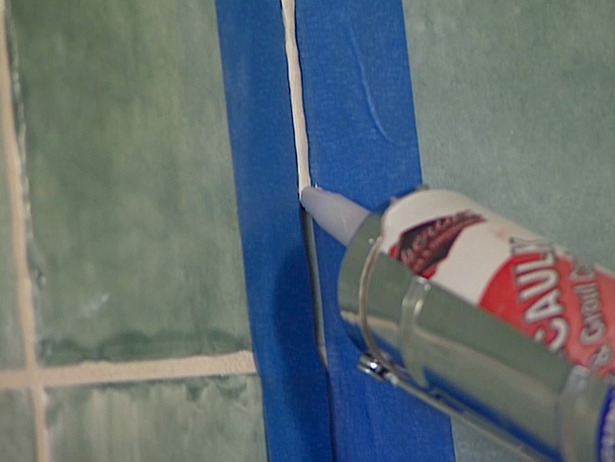



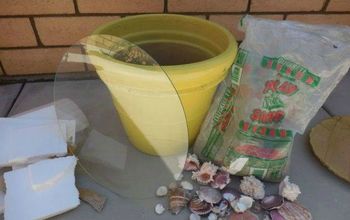



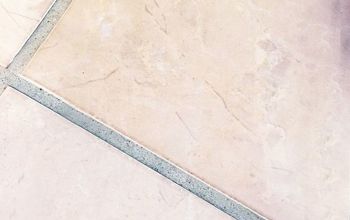

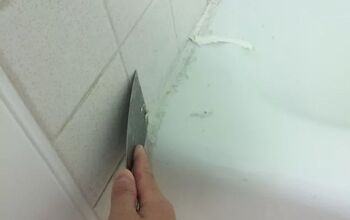






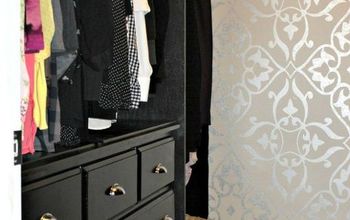


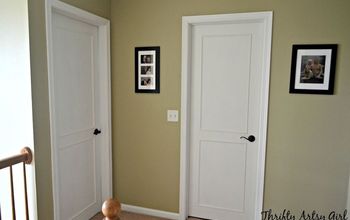



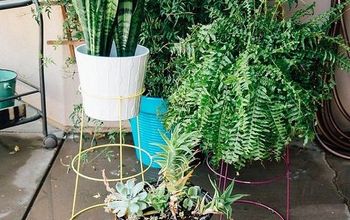

Frequently asked questions
Have a question about this project?
One question please - I understand the idea of filling the tub with water before caulking, but, do you empty it while it dries, or leave the water in the tub for the 24-36 hours? Thanks!